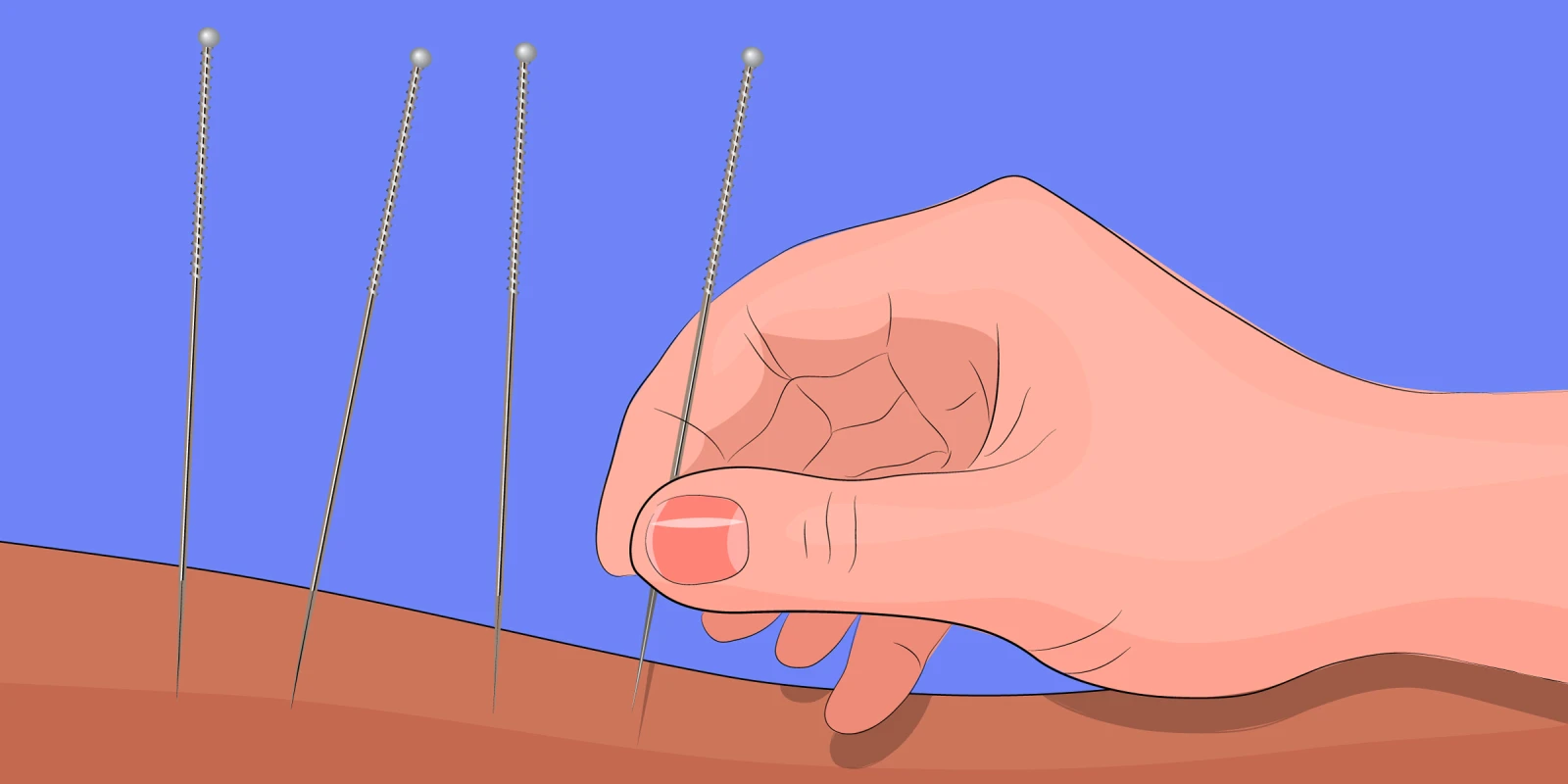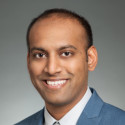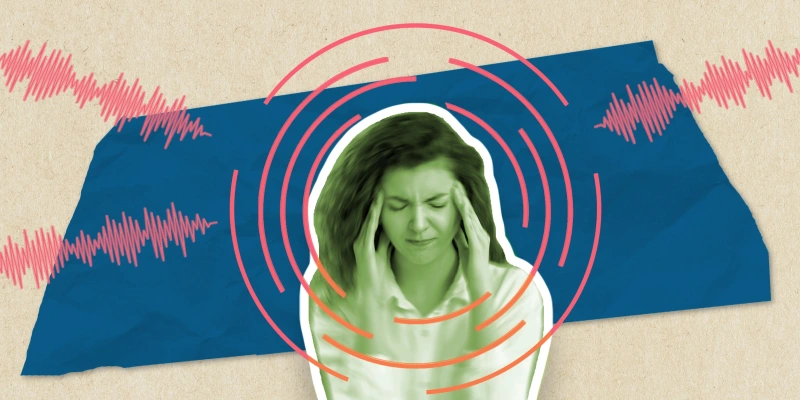During my gastroenterology clinic, I felt a pang of sympathy as the patient sat in front of me and my attending, detailing her abdominal pain. In her 20s and only a few years older than me, she had undergone a colectomy and colostomy reversal for her IBD but was still suffering symptoms of her IBS. Despite being on multiple medications, she was in pain and embarrassed at having to urgently go to the bathroom at inconvenient times. Nearly in tears, she told us that she wanted options and felt like she had nowhere to turn. After my attending listened and teased out the patient’s experiences, the former suggested the possibility of acupuncture: the practice of inserting thin needles into the body, which originated in China to treat conditions such as cholera. While I had heard about this treatment, I was surprised at the suggestion since I had never seen it prescribed to a patient before. As a novel treatment, acupuncture is not often taught in medical training, especially since its molecular underpinnings are not well-elucidated.
My attending explained to us both that IBS research shows that acupuncture might have no superiority over sham controls, but it is more effective relative to Western medicine, such as gabapentin, alone. Therefore, it is often used as conjunction therapy to decrease total medical costs and increase cost-effectiveness for patients. The patient was eager to try it at the physician’s suggestion, especially upon hearing that some patients with similar symptoms have experienced less pain after the procedure. Meanwhile, my attending later explained to me that acupuncture was becoming a more common treatment for IBS patients, and I was curious to learn more about its rising popularity.
Acupuncture has effectively been used for thousands of years in Eastern practice, but has only recently begun to be embraced scientifically and medically in Western practice — a rise that can be attributed to increasing anecdotal success, scientific evidence, and openness from the medical community. According to the 2021 World Health Organization (WHO) report, acupuncture is the most widely used traditional practice globally and is gaining in traction in the United States. Between 2002 and 2012, research has shown that the numbers of licensed acupuncturists and acupuncture users in the U.S. increased by 100% and 50%, respectively. Importantly, physicians who use acupuncture do so mainly to treat pain conditions, rather than general medical problems.
Physicians — both those who practice it and those who merely recommend it, like my attending — reach for acupuncture in cases of inadequacy of standard medical approaches and in an attempt to consider health holistically. When patients, like the IBS one I saw, come in having exhausted multiple medical options, physicians are more prone to turn to complementary and alternative medicines as a “last resort” treatment.
In terms of patients, research shows that the most common acupuncture users are women, white, middle aged, of some college education, and in good to excellent health. Given that there are many other types of patients who could benefit from acupuncture but may not be aware of it, it is important that physicians share their knowledge of the practice with patients so they are able to consider it as a possible option. Unfortunately, even physicians themselves may be unaware: During my medical school training thus far, I have had very limited exposure to complementary and alternative medicines; as a result, while I am open to considering acupuncture when patients suggest this treatment, I am unlikely to propose it from the onset despite the treatment shift of merging it with conventional medical care in some conditions.
In addition, there are potential downsides to acupuncture — downsides that may explain why fewer than 2% of adults saw an acupuncturist in 2012, despite there being seven times as many adults who suffer from daily pain. First, as mentioned above, the molecular underpinnings of acupuncture are not clearly elucidated. Traditionally, acupuncture was thought to restore the normal flow of energy, also called qi, in the body; in modern times, it has been shown to affect the central and peripheral nervous system and potentially change levels of neurotransmitters — although researchers are not clear on exactly how.
Second, the efficacy of acupuncture has been thrown into question. Yes, American Family Physician has published key recommendations for acupuncture in conditions such as chronic low back pain and headaches, along with evidence that it is safe and well-tolerated without significant adverse effects. However, a WHO report published even more recently found that studies supporting acupuncture are sometimes not high quality, and that the field lacks standardized protocols for rigorous scientific evaluation.
Beyond the uncertainty around mechanism and efficacy, the non-standardization and cost of acupuncture may give prescribing clinicians pause. Currently, the Affordable Care Act states that acupuncturists need not be a physician, and that they may gain credentials through an accredited-educational program and state licensing exam. However, the level of training and education between acupuncturists might vary, a factor that patients are not aware of and that may cause physicians to be wary of prescribing this treatment.
Regarding cost, in 2020, Medicare decided to reimburse acupuncture for only one condition: lower back pain. A study looking at trends in insurance coverage for acupuncture from 2010 to 2019 indicates that while coverage has increased in the past decade, most acupuncture patients have no insurance coverage. Furthermore, the benefits of acupuncture for patients can be short-lived when compared to traditional treatments like medication and injectable therapies, which can result in an increased number of visits and therefore costs. Taken together, these factors may deter physicians and patients from acupuncture.
Nevertheless, the anecdotal and scientific evidence on the benefits of acupuncture are ample. And so, rather than dismiss it or let the downsides sway us too harshly, I propose that the scientific community instead invest in more research, standardization, and insurance coverage for this age-old treatment. Moreover, medical schools should teach courses on acupuncture, so that medical trainees are aware of it as a treatment option and can introduce it to those who might benefit from it.
In addition, in order to ensure the most successful outcomes for users, physicians should explain to patients that acupuncturists may have varying types of education and licenses. And as a final measure, physicians and other clinicians should monitor treatment outcomes and follow up on patients’ health. When I followed up with the IBS patient above, for example, I was relieved to learn that she felt that acupuncture, in conjunction with her previously prescribed medical regimen, had allowed her to have a better quality of life. In fact, she was looking forward to planning her wedding with one less stressor to worry about. For that, my attending and I were grateful.
Have you ever had, prescribed, or recommended acupuncture? Share your experiences in the comments!
Ellen Zhang is a Harvard Medical Student who is passionate about using writing as a lens to unravel the complexity of medicine, enhance empathy, and provide humanistic care. She enjoys hiking, baking, and exploring local cafes. Ellen is a 2022–2023 Doximity Op-Med Fellow.
Image by Artemida-psy / Shutterstock







